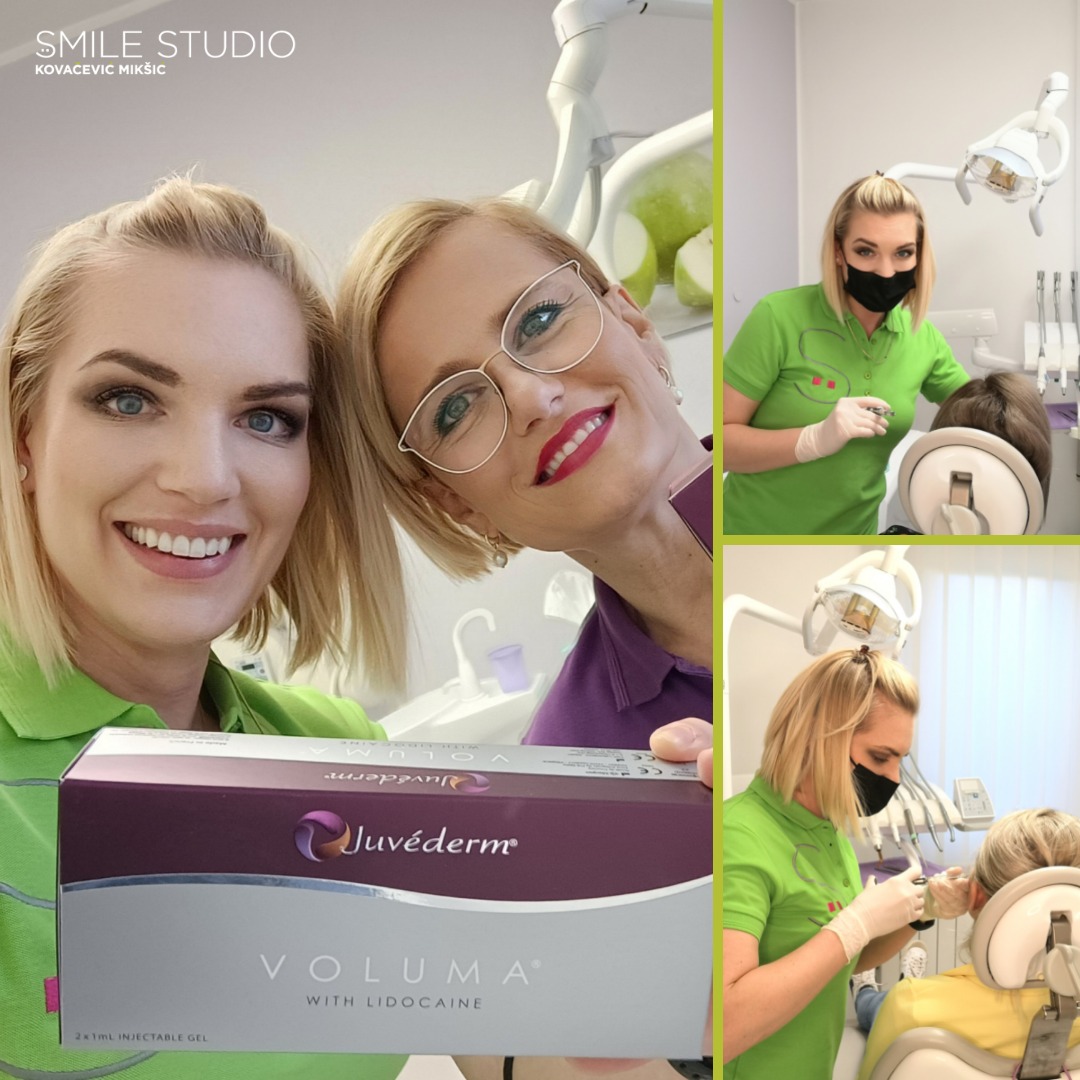
Enamel erosion
Dental erosion is one of the growing issues in dentistry in the recent times. What is enamel, or to speak generally, dental erosion?
Dental erosion is the permanent loss of hard dental structures caused by acidic substances. The dental structure that is most frequently damaged by erosion is, of course, the enamel, as it is the outer coating of the tooth. In more serious cases there is also a possibility of the erosion spreading to the dentine (the part of the tooth below the enamel) as well.
The newest research shows that a rising number of adolescents suffer from dental erosion. In over 40% of adolescents we can also find cases of erosion that already spread to the dentine. The greatest issue concerning dental erosion is that the majority of adolescents and their parents don’t recognize this problem when it occurs. As a proof of how serious this problem really is, we have the results of similar research that point to the fact that around 40% of adolescents in the US suffer from dental erosions while England has around 37% and Australia even 57% adolescents with dental erosion.
Acidic substances can reach the dental structures through from the outside or inside.
When dealing with the outer causes of erosion we can point to acidic drinks, drinks that contain citric acid, fruit juices, Coca-Cola, lollipops and similar substances. These are also the most frequent causes of dental erosions. The erosion effect can also occur due to consumption of some medicines that contain acid salt.
In a special category of erosions I would include the erosions that occur due to the evaporation of industrial acid in accumulator manufacture or in chemical and biochemical laboratories.
Whether we’re talking about drinking acidic drinks or breathing in acidic fumes the parts of the tooth that are most significantly damaged by the outer causes of erosion are the surfaces that are in the direct contact with the acid. These are usually the front walls of upper and lower front teeth (incisors and canines).
When talking about the inner causes of erosion we need to point out the cases when the gastric acid reaches the dental structures. In some cases patients with ulcer disease, constipation, esophageal and pyloric stenosis and hormonal issues during pregnancy suffer from greater mobilization of the gastric acid. In the similar way it is possible to find dental erosions in people that suffer from bulimia. With this type of erosion the teeth that are damaged the most are the back teeth in both jaws.
In the starting phases the erosive changes include a increasing smoothness of the dental surface and the loss of luster. Patients that suffer from erosion usually complain about oversensitivity to mechanical and chemical stimulants. In the next phase the dental surfaces contain defects of various shapes, and the sense of oversensitivity is even mo re prominent than before.
What to do if you suspect dental erosion or you already notice erosive changes?
You should definitely visit your dentist who should replace the damaged parts of dental structures and talk to you in order to determine the possible causes of erosion. If the erosions are caused by outer effect then it’s very important that the patient avoids or decreases the consumption of acidic substances, if this isn’t possible (in cases where the patient’s job causes the problems) then the patient should try using aids that can stop the effect of acidic fumes. It is also possible to decrease the effect of acidic substances by regularly rinsing the oral cavity.



